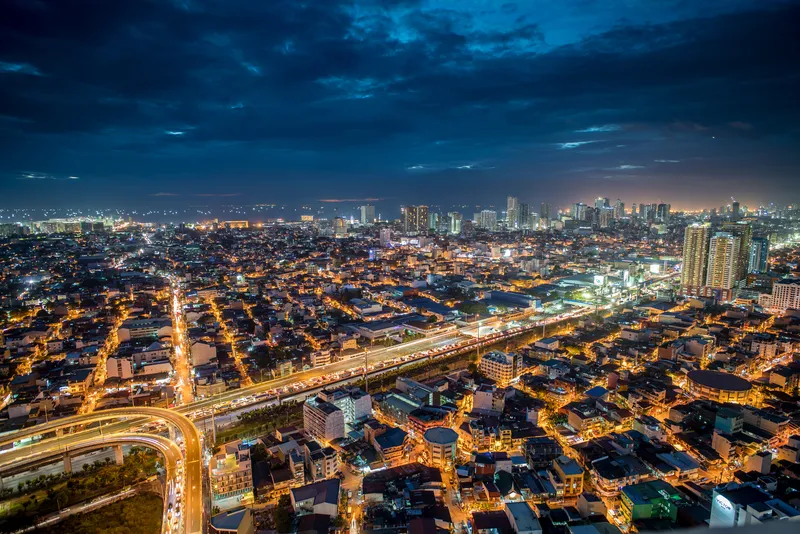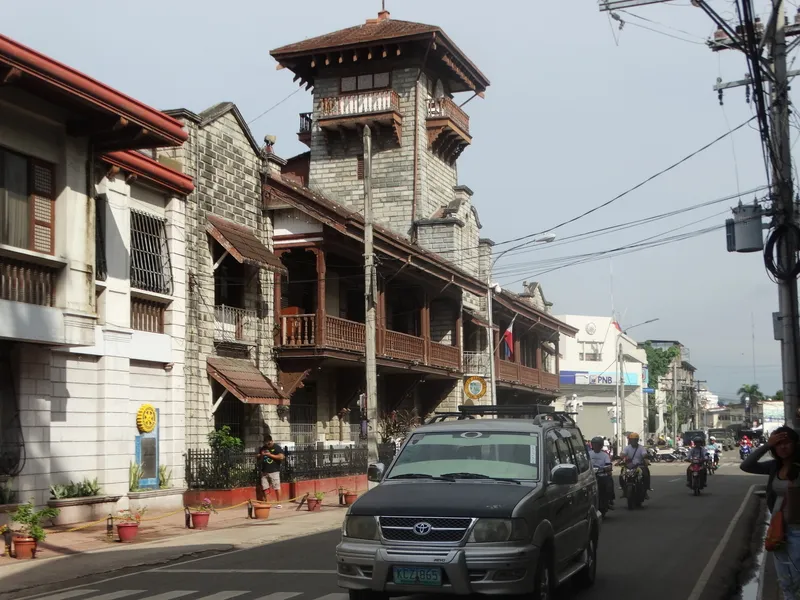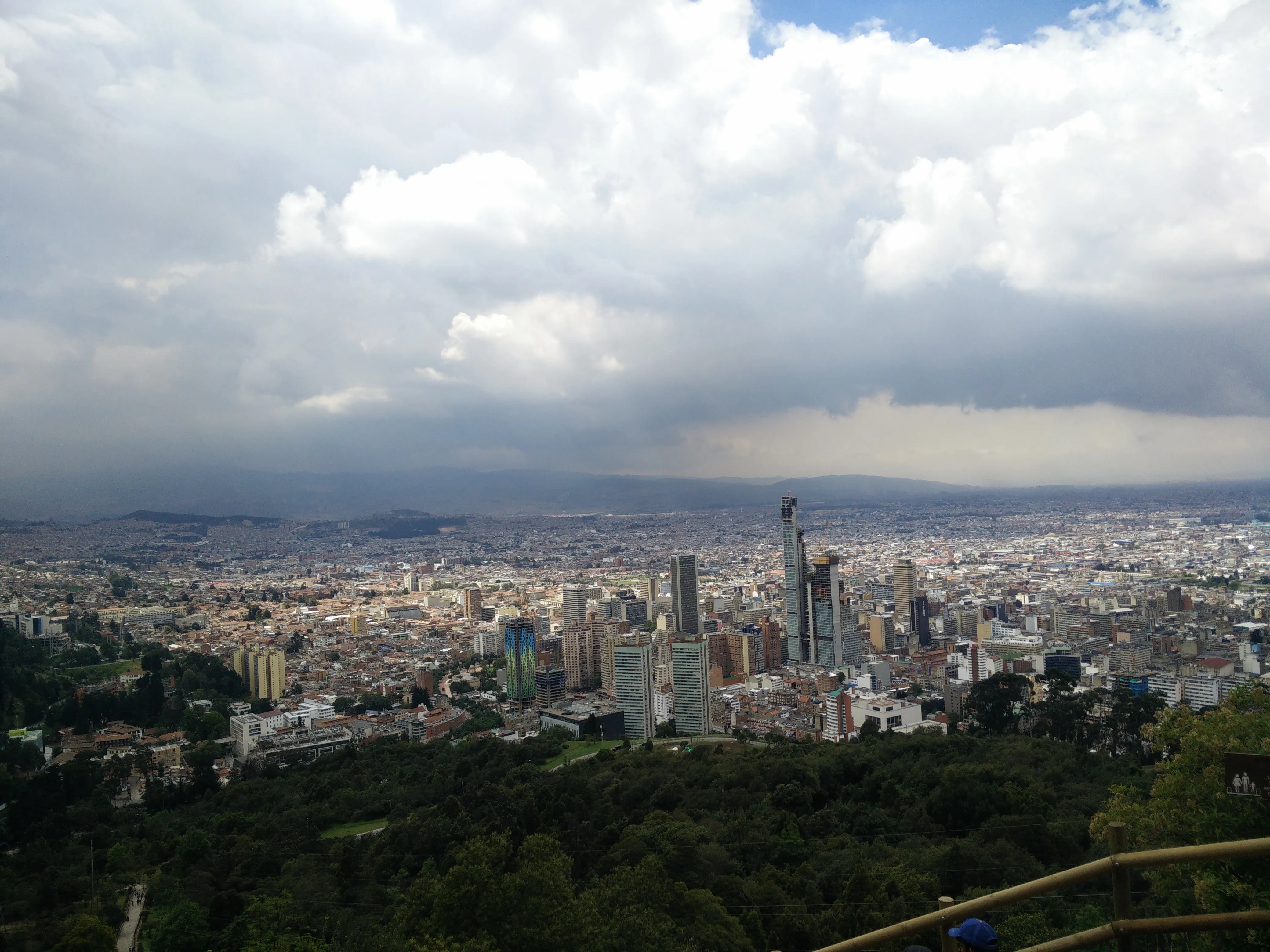
Work costing US$5.9 billion will start on three expressways in the Philippines by early 2025. The projects are being carried out by San Miguel Corp (SMC).
Design work is being carried out for the $2.7 billion Southern Access Link Expressway (SALEX). The route is Component 2 of the Greater Capital Region Integrated Expressways Network. SALEX is a proposed 40.65km elevated expressway network comprising of the Shoreline Expressway and three (3) Metro Manila Skyway Stage (MMSS3) Extensions, namely: C3-R10 Extension, Quirino Extension, and Buendia Extension.
Construction of the Northern Access Link Expressway (NALEX) will commence before the end of 2024. Nalex is Component 1 of Greater Capital Region Integrated Expressways Network. It consists of two (2) Phases. NALEX, Phase 1 is a proposed 136.4km expressway that will provide connectivity between the Metro/Mega Manila, the New Manila International Airport (“NMIA”) and Central Luzon as an extension and/or linkage of the Metro Manila Skyway-Stage 3 (“MMSS3”) at Balintawak. NALEX, Phase 2 is a demand-driven expansion from Masantol, Pampanga to Tarlac City.
Work is due to commence on the $504 million project for the 61km Segment 1 of the SLEX TR5 project will also start in 2025, including building four interchanges, an operations centre and toll facilities.
These projects are expected to help deal with the chronic congestion around the Metro Manila area. A series of major expressway projects are underway in the Philippines at present, in a bid to address traffic issues.
SMC has also said that it will carry on with the $1.7 billion Pasig River Expressway (PAREX) project.
Meanwhile, more financing for the Cebu-Cordova Link Expressway (CCLEX) could be sourced from an overseas firm. The company operating the route is Metro Pacific Tollways Corp (MPTC), which has been holding negotiations with regard to financing. MPTC may sell a 45% share in the CCLEX route, which has been in operation since the second quarter of 2022 and links Cebu on the mainland with the island of Mactan.
In addition, MPTC is proposing a $716 million expressway stretching 32km that will connect the Bataan-Cavite Interlink Bridge (BCIB) project and the Cavite-Laguna Expressway (Calax). The BCIB project has benefited from a $650 million loan from the Asian Development Bank (ADB), which was provided to the Department of Public Works and Highways.







